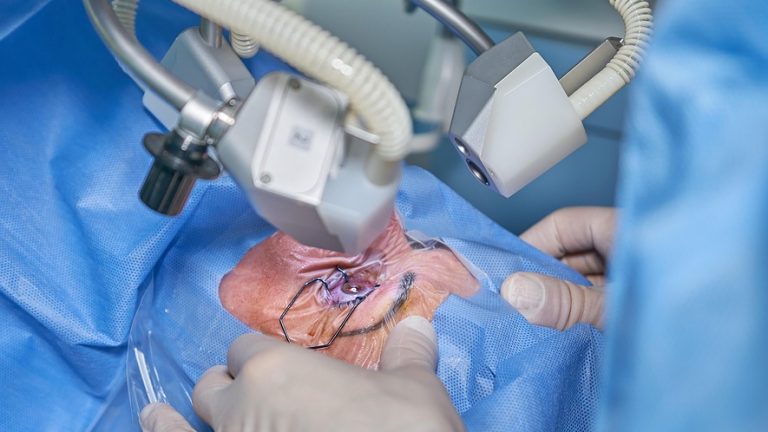Revolutionizing the Cutting Edge: How robotic surgery is Changing the Face of Healthcare
The healthcare industry is on the cusp of a revolution, driven by the increasing adoption of robotic surgery. This innovative technology is transforming the way surgeons operate, providing unparalleled precision, minimizing recovery time, and improving patient outcomes. In this article, we’ll delve into the world of robotic surgery, exploring its benefits, advancements, and the exciting future that lies ahead.
What is robotic surgery?
robotic surgery, also known as robotic-assisted surgery, is a minimally invasive procedure that utilizes a robotic system to assist surgeons during operations. The surgeon controls the robot’s instruments from a console, allowing for precise and delicate movements that would be difficult to achieve with traditional open surgery.
Benefits of robotic surgery
The advantages of robotic surgery are numerous:
- Precision: robotic surgery offers unparalleled accuracy, allowing surgeons to make smaller incisions and reduce the risk of complications.
- Minimized Recovery Time: Patients experience less pain, less blood loss, and quicker recovery times, leading to reduced hospital stays and lower healthcare costs.
- Improved Outcomes: robotic surgery has been shown to result in better patient outcomes, including reduced risk of infection, fewer scars, and improved quality of life.
- Enhanced Surgeon Visualization: The robotic system provides a high-definition, 3D view of the surgical site, enhancing the surgeon’s visualization and allowing for more precise dissection.
Advancements in robotic surgery
The field of robotic surgery is rapidly advancing, with new technologies and techniques being developed all the time:
- Natural Orifice Transluminal Endoscopic Surgery (NOTES): A minimally invasive technique that enables surgeons to access internal organs through a single incision in the belly button or mouth.
- Single-Site Surgery: A procedure that allows surgeons to perform multiple procedures through a single incision, reducing scarring and recovery time.
- Hybrid Robotics: A combination of robotic and laparoscopic surgery, offering the benefits of both approaches.
Real-World Applications of robotic surgery
robotic surgery is being used to treat a wide range of conditions and diseases, including:
- Prostate Cancer: robotic surgery has become the standard of care for prostate cancer treatment, offering a minimally invasive approach with excellent outcomes.
- Gynecologic Surgeries: robotic surgery is being used to treat conditions such as uterine fibroids, endometriosis, and cervical cancer.
- Minimally Invasive Cardiac Surgery: Robotic-assisted surgery is being used to perform complex cardiac procedures, such as mitral valve repair and coronary artery bypass grafting.
The Future of robotic surgery
As the technology continues to evolve, we can expect to see even more innovative applications of robotic surgery:
- Miniaturization: Smaller, more compact robots will enable surgeons to perform procedures on smaller, more delicate structures.
- Artificial Intelligence (AI): AI integration will further enhance the accuracy and precision of robotic surgery, allowing for real-time adjustments and optimization.
- Remote Surgery: Telepresence technology will enable surgeons to perform procedures remotely, expanding access to care and improving healthcare outcomes.
Conclusion
robotic surgery is revolutionizing the cutting edge of healthcare, offering patients unparalleled precision, minimal recovery time, and improved outcomes. As the technology continues to advance, we can expect to see even more innovative applications and advancements in the field. With robotic surgery, the future of healthcare has never been brighter.
